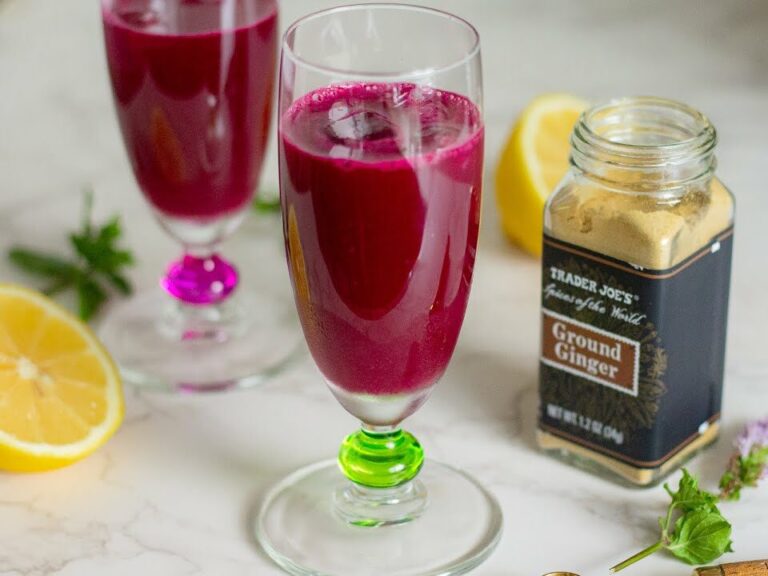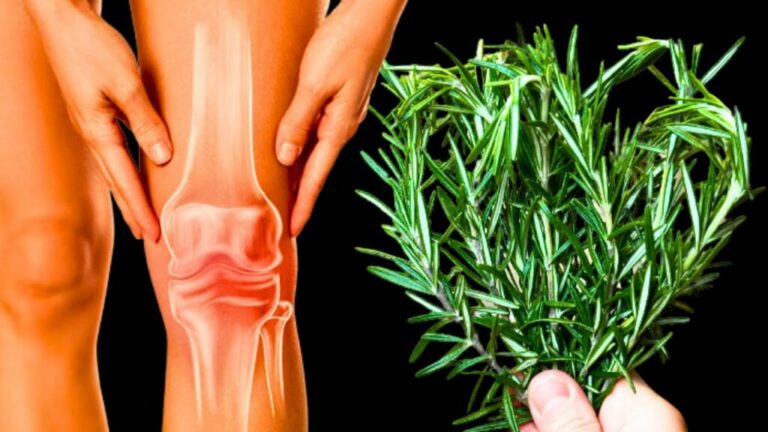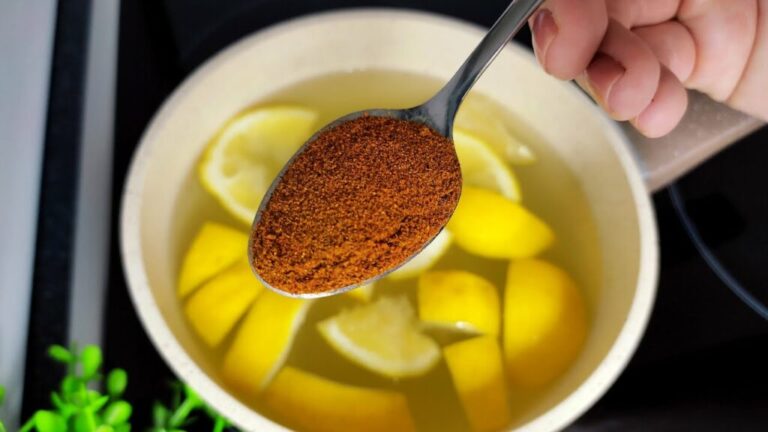A ginger, lemon, and honey paste is a simple yet powerful natural remedy known for its incredible health benefits, particularly for boosting the immune system, soothing sore throats, and aiding digestion. This combination offers anti-inflammatory, antioxidant, and antibacterial properties, making it a go-to remedy for colds, flu, and digestive issues.
Why This Combination Works
- Ginger: Ginger is known for its anti-inflammatory and antioxidant properties. It helps with digestion, reduces nausea, and is highly effective in relieving cold symptoms such as sore throat and congestion.
- Lemon: Rich in vitamin C, lemon supports the immune system, fights free radicals, and helps detoxify the body. It’s also great for balancing the body’s pH levels and promoting hydration.
- Honey: Honey acts as a natural antibacterial and antiviral agent. It soothes sore throats, helps reduce coughing, and supports healing. Honey also adds natural sweetness to this paste.
How to Make Ginger Lemon Honey Paste
Ingredients:
- 1 large piece of fresh ginger (about 100 grams or 1/2 cup grated)
- 1 large lemon (organic preferred)
- 1/2 cup of raw honey
Instructions:
- Prepare the ginger:
- Wash and peel the ginger, then grate it or chop it finely.
- Prepare the lemon:
- Wash the lemon thoroughly, especially if you’re using the peel. You can either zest the lemon or chop the whole lemon (including the peel, if organic) into small pieces. The peel adds extra nutrients and flavor, but it’s optional.
- Mix the ingredients:
- In a clean bowl, combine the grated ginger, lemon (or lemon zest), and honey. Stir well until all the ingredients are fully mixed, forming a smooth paste.
- Store the paste:
- Transfer the ginger, lemon, and honey paste into an airtight glass jar. Store it in the refrigerator, where it will stay fresh for up to two weeks.
- How to use:
- Take 1 tablespoon of the paste daily as a preventive measure to boost immunity.
- During cold or flu symptoms, take 1 tablespoon 2-3 times a day to relieve sore throat, cough, or congestion.
- You can also add a spoonful to warm water to make a soothing tea.
Benefits of Ginger Lemon Honey Paste
- Boosts Immunity: The combination of ginger, lemon, and honey is rich in antioxidants and immune-boosting properties. Lemon provides vitamin C, ginger fights inflammation, and honey helps fend off infections.
- Soothes Sore Throat and Cough: Ginger and honey work together to reduce inflammation and irritation in the throat, while lemon provides a refreshing boost of vitamin C to help heal.
- Aids Digestion: Ginger is well-known for its digestive benefits. This paste can help relieve bloating, indigestion, and nausea, while honey soothes the digestive tract.
- Fights Cold and Flu: This paste is especially helpful for relieving cold and flu symptoms such as coughing, sore throat, and congestion.
- Natural Energy Booster: With its natural ingredients, this paste helps fight fatigue, giving you a gentle energy boost without the need for artificial stimulants.
Tips for Using Ginger Lemon Honey Paste
- In Tea: Add 1 tablespoon of the paste to warm water to create a soothing and healing tea, especially during cold and flu season.
- On Toast or in Smoothies: Spread a little paste on toast or add it to smoothies for a delicious, health-boosting treat.
- For Coughs and Sore Throats: Take the paste directly off a spoon to coat and soothe a sore throat or reduce coughing.
Final Thoughts
Ginger, lemon, and honey paste is a simple yet highly effective natural remedy that can easily be made at home. It provides a wide range of health benefits, from boosting your immune system to soothing digestive issues and fighting off cold and flu symptoms. Incorporate this paste into your daily routine to stay healthy and energized year-round!









